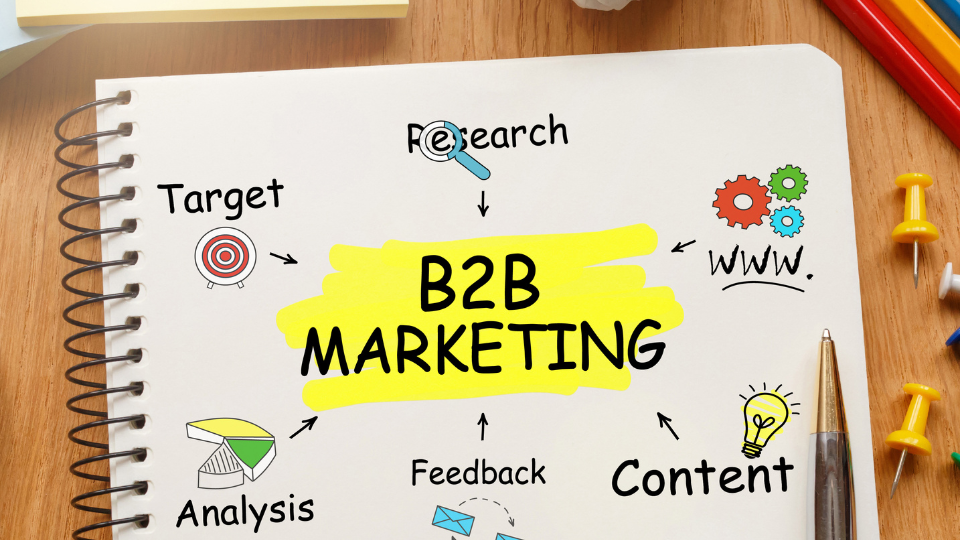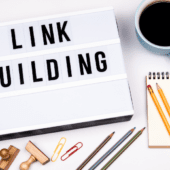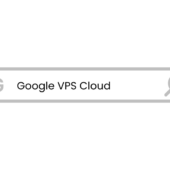Increasing website traffic is one of the marketing department’s main goals. There is always a single goal in mind when making investments in content using B2B conversion rate optimization, SEO, sponsored search, email, social media, or account-based marketing. And that’s to direct potential customers to your website. Although website traffic has long been tracked by marketers as a key performance indicator (KPI), getting prospects to your website is only half the fight.
B2B websites have an average B2B conversion rate optimization rate of just 2%. surprisingly low given the money and resources we use to compete for online traffic. With an average of 3.2%, our B2C peers are well ahead of the game. Although it might not seem like much, your B2C competitor is receiving 320 conversions for every 100 that you are receiving. You can see the disparity growing when you take into account that the majority of B2B conversion rate optimization is sales as opposed to leads.
Conversion Rate Optimization is an investment that the most astute B2B conversion rate optimization companies are making in order to enhance their websites, fortify their marketing strategies, and propel their companies toward long-term success.
B2B Conversion Rate Optimization
The methodical process of raising the proportion of prospects who complete a desired action, frequently on a B2B conversion rate optimization website or landing page, is known as business-to-business conversion rate optimization, or CRO. Usually, completing a transaction, downloading a resource that is restricted, or completing a form is the intended activity.
How The B2B Conversion Rate Optimization Is Calculated
In actuality, the conversion rate formula is rather straightforward, but you must first choose which components go into each formula variable.
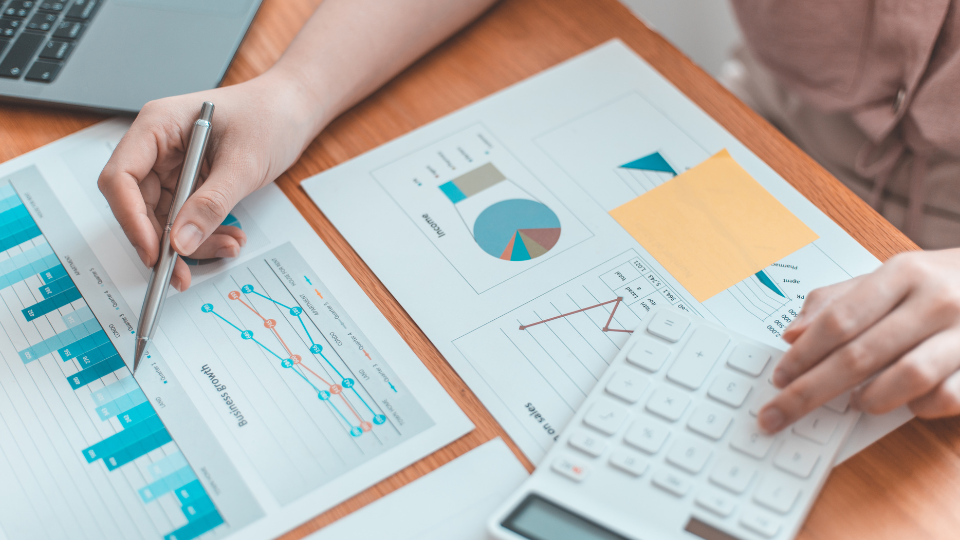
Here is the formula first:
B2B Conversion Rate Optimization (CR) is calculated as follows: (opportunity for the desired action to occur/desired actions taken) × 100
It is, in essence, your success rate for a particular action.
On the landing page: CR = Visits to landing pages and form submissions
In a booth for conferences: CR= Visitors to the booth and badge scans
On the page of a product: CR is equal to completed purchases/product page visits.
How Well Does A B2B Conversion Rate Optimization Work?
We examined 44,000 landing pages and 33 million conversions for our Conversion Benchmark Report, and the results showed that the median conversion rate for all industries was 4.3%.
Although that figure is useful as a guide, conversion rates differ greatly depending on the business model or industry—particularly in B2B conversion rate optimization. You’ll see very different conversion rates for a $20/month productivity SaaS application than for a six-figure annual contract value SaaS platform.
Strategies For Raising B2B Conversion Rates Optimization
Only 28% of businesses are happy with their conversion rates, according to a joint Econsultancy and RedEye study, while 37% expressed some degree of dissatisfaction.
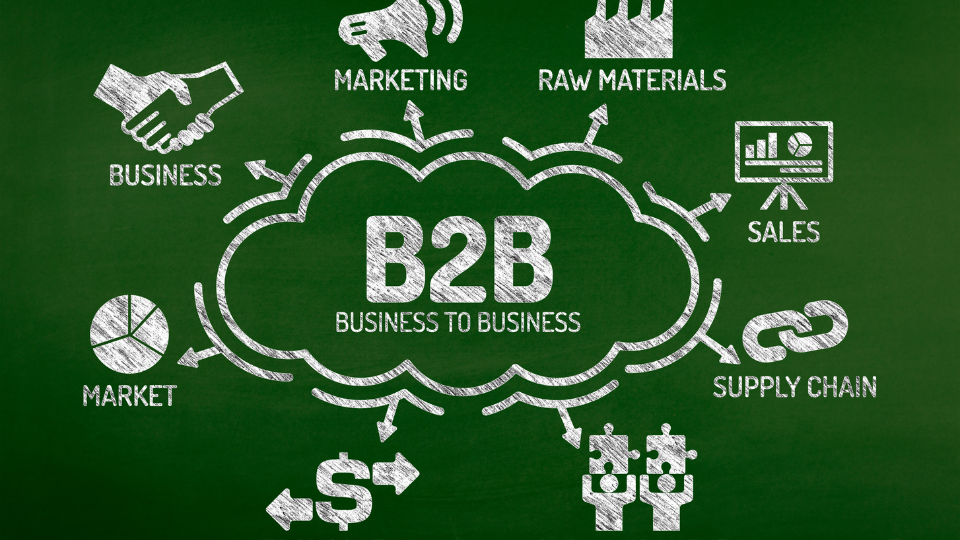
Marketing professionals usually lose out on optimization chances that might raise their B2B conversion rate optimization, which is one of the main causes. The truth is that B2B conversion optimization involves a lot of work, and it’s simple to overlook a few details that could have a significant impact.
Make Persuasive Landing Pages
You should expect to be really disappointed when you look at your performance data if your homepage is your only source of website traffic.
Rather, design unique B2B landing pages for every offer, target demographic, intended conversion path, feature of the product, etc. This will enable you to focus the visitor’s attention on that one item only, as opposed to attempting to address everyone on your homepage in general.
Homepage > All types of visitors (i.e., purchasing stages and sectors)
landing page > particular visitor with a regular size and form
You can substantially customize the messaging and positioning of that landing page to a visitor if you already know where they are probably in the buying journey and what industry they are probably in based on whatever landing page they landed on.
Simplify The Purchasing Process And The Consumer Experience
The easiest step to follow might also be the one that gets missed the most.
Conversion rates are negatively impacted by the over-complication that many B2B conversion rate optimization businesses see in their sales funnels and customer interactions.
Rather, because some of their leads become weary with the entire process, they lose out on prospective conversions. With a purchase or sign-up form abandoned, they depart off the website. The Baymard Institute reports that 22% of consumers say they gave up on a purchase because the checkout procedure took too long or was too difficult.
You must reduce the number of steps needed to convert someone. In light of this, reevaluate the steps of your sales funnel and search for ways to streamline the entire procedure:
- Is there a stage in your sales funnel that you can eliminate?
- How many steps must prospective customers complete before they are deemed converted?
- Are each of those steps required?
Make Your Landing Page And Website Design Simpler
In a similar vein, you should keep your landing page experiences basic by using a straightforward style and layout. The most crucial elements should be highlighted, namely your persuasive copy and call to action.
Better conversions can be achieved with your site design because, according to BigCommerce, 76% of B2B conversion rate optimization buyers base their decisions primarily on it.
Eliminate any extraneous design components that can be confusing to your visitors. Is it truly necessary for your landing page to showcase your company’s events? Or how about that grainy picture that fills the whole screen?
Make Your Landing Page Forms Simpler
Take a look over your sign-in pages and sign-up forms to see what you can change or eliminate. Maybe you won’t need to request their business address unless you are delivering a tangible item. Alternatively, you could begin by offering them the option to sign in with just one click by utilizing their social network account.
Share Your Landing Pages And Content (Strategically)
You still have work to do after writing your landing page copy—or, if you’re an experienced Unbounce user, using Smart Copy—and publishing the page. To draw in visitors, the page still needs to be promoted.
When it comes to promoting their landing pages or content, some B2B conversion rate optimization companies go all out. They post it everywhere, notify all subscribers of fresh content, and spend money on uninteresting PPC ads that don’t do much to spark conversation.
This barrage of content could seem like a good idea if you want people to read it, but conversion rates might not increase. If it doesn’t apply to them, it could even irritate others.
Try delivering your content in a more calculated manner instead.
Although it’s simple to forget about when you’re busy, this might aid in your planning of how to market your offers and content to particular leads and audiences according to their sector.
This implies that you will likely lead them through the sales funnel by presenting them with more pertinent content. For instance, you may direct prospects toward instructional guides or how-to style material early in the funnel, then target audiences later on with case studies and testimonials.
Launch Retargeting Advertising Campaigns To Regain Inactive Users
Retargeting advertisements on social media sites like Facebook, Instagram, and LinkedIn is one of the best levers you can pull to efficiently disseminate your landing pages and increase your conversion rates.
Retargeting advertisements enable you to create advertising audiences based on the activities (or lack thereof) visitors took on your website when you have the appropriate tracking codes installed.
You may, for instance, target individuals who saw one of your main landing pages but did not complete the form with a Facebook ad campaign. If they make it to that page, chances are good they are a qualified lead worth pursuing again. As such, you can fund the advertising effort with confidence.
Throughout Your Sales Funnel, Use A/B Testing
In short, A/B testing allows you to compare two ideas or concepts and determine which works best, usually based on which is more likely to result in conversions. Improving conversion rates is at the core of A/B testing methodology.
It’s time to start testing when you’ve created what you think is a compelling landing page with a streamlined design, form, and customer path. You should also have started your distribution engine to try driving traffic to the page.
Additionally, there will never be a lack of ideas for A/B testing. You could try:
- headlines,
- Hero images,
- CTA button text,
- CTA button colors,
- The layout of a landing page
- Location of the product,
- How long is your lead generation form?
- What you write on your page of gratitude,
- What you request in your email of confirmation,
The Reasons Why B2B Conversion Optimization Tactics Don’t Always Work
B2B or B2C, you are communicating with people at the end of the day. There is still a human on the other end of your marketing, even in B2B conversion rate optimization transactions. Because of this, many CRO tactics and principles—such as using social proof to establish credibility, lowering friction to calm visitors, crafting attention-grabbing headlines to provide visitors with clarity, and more—apply to both B2B and B2C transactions.
For instance, countdown timers and limited-time discounts might increase B2C conversions since you’re interacting with a single individual, who is frequently the only decision-maker, and because the quantity is frequently within their “impulse buy” range. You have a good chance of convincing a buyer to act if you can persuade them that they must act now or the deal will expire.
However, in a B2B conversion rate optimization setting, the same strategies might not work as well. The time-limited offer might be attractive, but it won’t have the same effect if the prospect still has to wait a few weeks for legal and procurement to finish their procedures and obtain permission from several departments inside their company.

